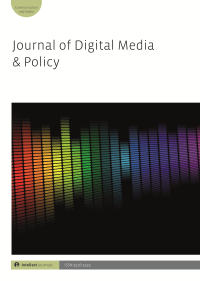
Full text loading...
 , Heritiana Ranaivoson1
, Heritiana Ranaivoson1
Due to the media goods’ dual economic and cultural role, merger and acquisition (M&A) assessments are complex and differ from M&As in other sectors. An additional layer of complexity is added to the assessment when various authorities are involved. An even more complicated matter is when the authorities have different remits. These authorities mostly comprise National Competition Authorities that enforce competition law, focused on economic considerations, and National Regulatory Authorities that enforce and oversee the application of media law, focused not only on setting rules and limitations on the media market but also on considering non-economic elements such as plurality. In certain countries, ministries and government authorities can intervene in these assessments.
There have been discussions on the need for cooperation between authorities, however, mostly at the international level. Thus, little is known about the current cooperation procedures at the national level. The article proposes a typology of cooperation at the EU member states level and the United Kingdom and introduces the concept of the ‘power pyramid’ to represent the hierarchical relationships between authorities. Cooperation proves that competition policy and media-specific regulation are intertwined and are complementary. Furthermore, the article shows that having more than one authority assessing media M&As leads to media pluralism being more often explicitly one of the criteria used in the assessments, and thus providing a more holistic approach.

Article metrics loading...

Full text loading...
References


Data & Media loading...

Publication Date:
https://doi.org/10.1386/jdmp_00101_1 Published content will be available immediately after check-out or when it is released in case of a pre-order. Please make sure to be logged in to see all available purchase options.